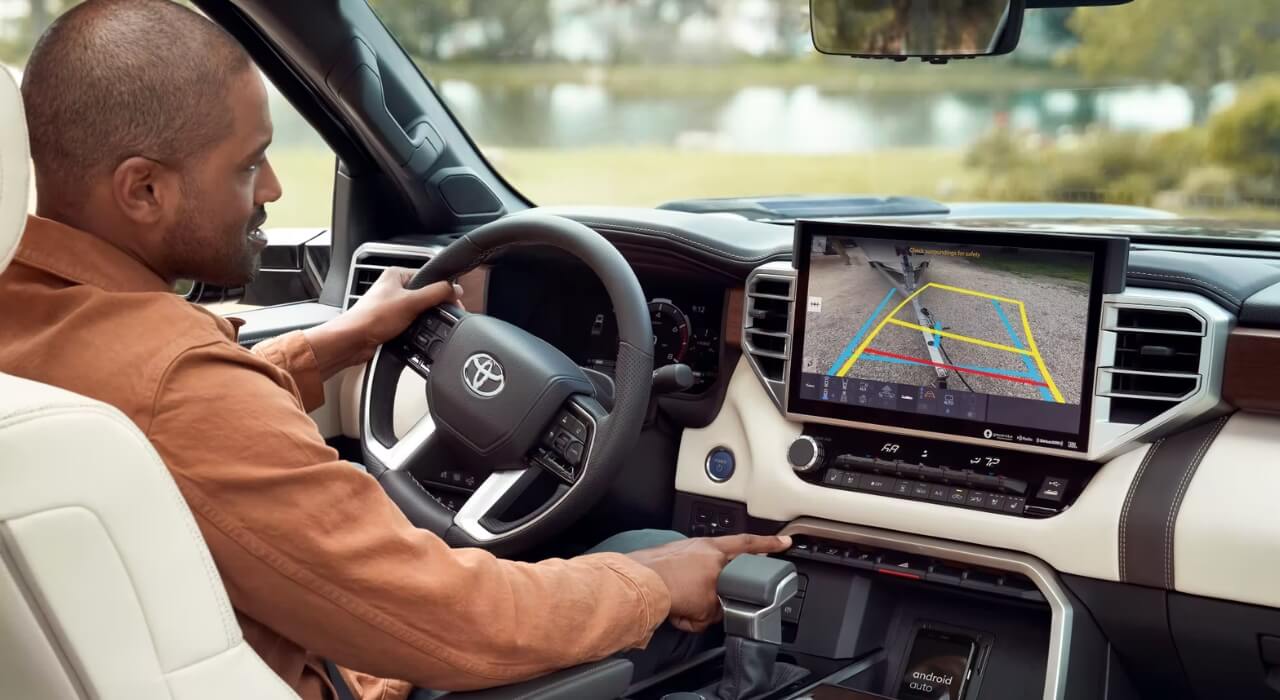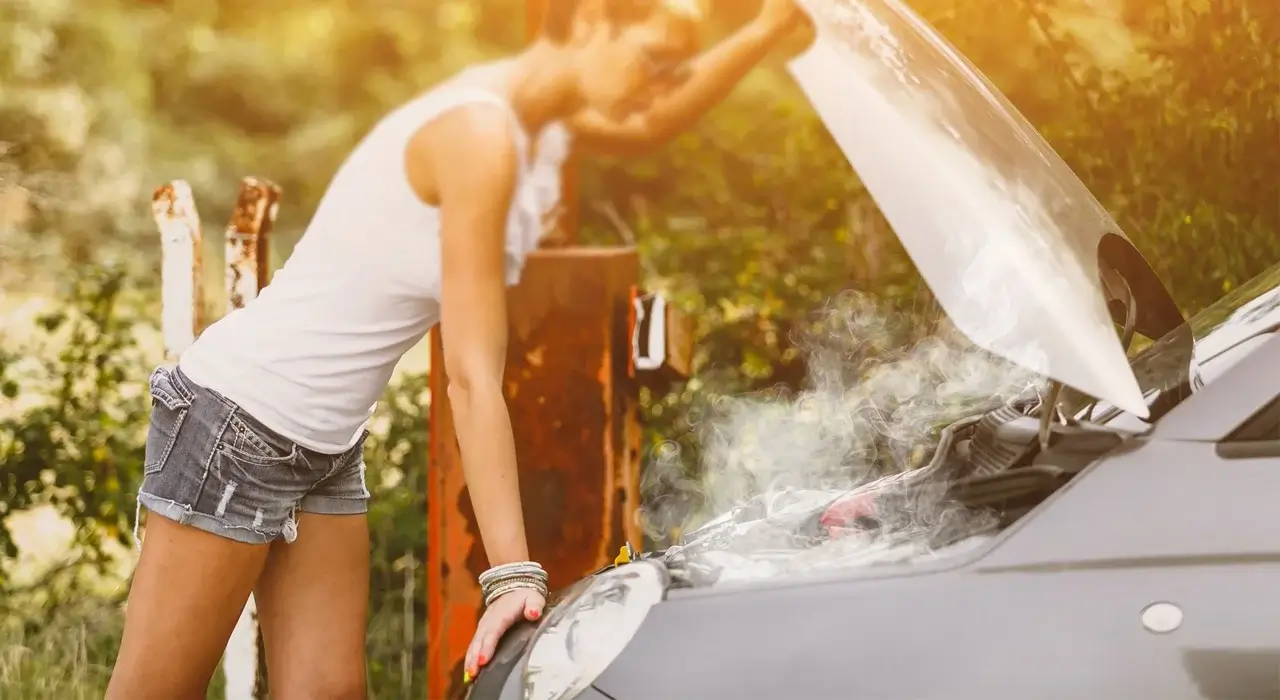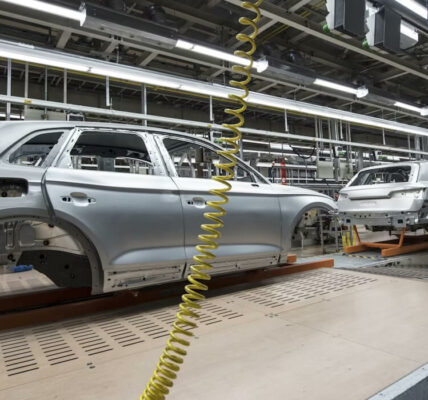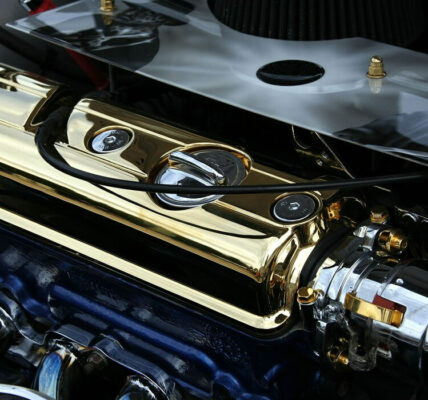There are several reasons why a car overheats and then goes back to normal while driving. And it can be inconvenient to treat it because you don’t know how to fix it.
First, you should know how to check if the car is overheating. If you check the temperature gauge on your dash, you’ll notice that it has two letters: a C and an H. Between the letters, C and H is a small “plastic-like” gauge that moves up and down.
Ideally, this indicator should always be somewhere in the middle of the letters after your car has been driving for a while. Overheating occurs every time this indicator reaches the letter “H”.
At this point, it means that your engine is hot due to a malfunction in one of the cooling systems. You are probably wondering if such an incident can cause damage to your car.
An increase in temperature can damage the engine as well as its internal parts such as gaskets, seals, and hoses. I have explained them in detail below.
In addition to the possible remedies that you can count on to fix the car that keeps overheating and then going back to a normal problem. Keep reading to know more.
How To Fix Overheating than Going Back to Normal?
If your car overheats and then cools down for no apparent reason, you need to have it checked out to find out what’s wrong. You should review all the reasons we have discussed.
And try to fix the problem. These are the best ways to solve the problem that the car keeps overheating and then returns to normal.
– Run A Full Diagnostic
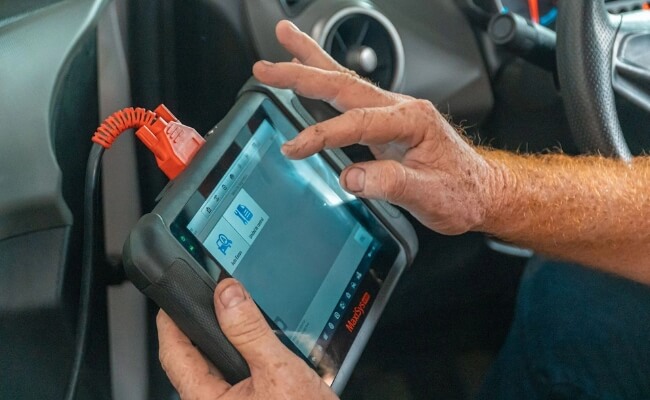
The logical first step when your car is overheating and you can’t figure out what’s going on is to run a full diagnostic to pinpoint the problems.
To perform a diagnosis effectively, it is important to seek help from a mechanic or technician who can test your car for a problem.
– Check the Coolant
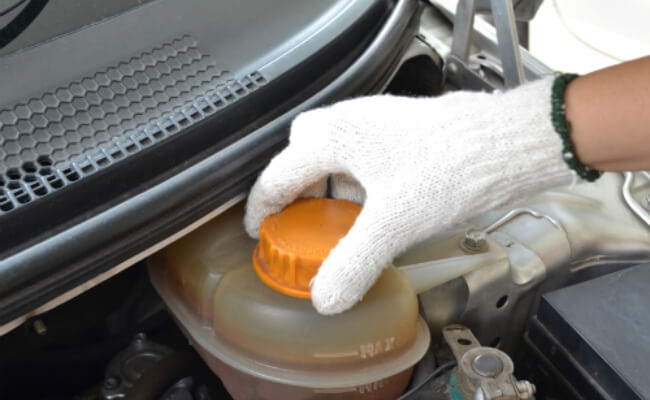
Since this is a common problem with vehicles, you must check your cooling system for leaks. To do this, check the coolant reservoir for any noticeable leaks, check the underside of the vehicle for leaks, and get an accurate temperature reading from the temperature gauge.
Popular For You: 9 Amazing Long Distance Driving Tips For a Safe And Enjoyable Trip
And if the temperature is rising excessively, check to see if the coolant is running out fast. then you probably have a problem.
– Change The Radiator
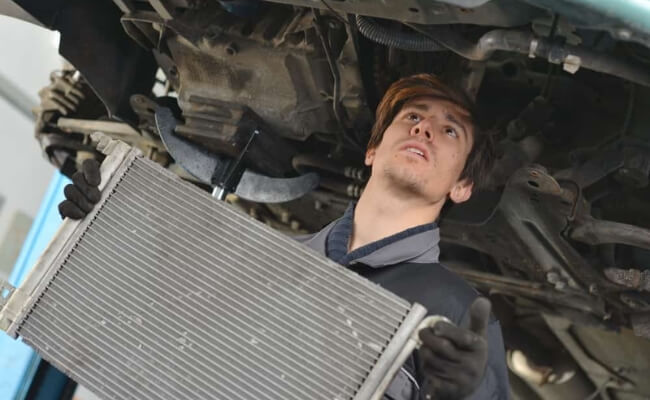
If you find your vehicle overheating and then cooling down, the problem may be a malfunctioning radiator. Because it promotes coolant flow throughout the engine system, this component is critical to keeping your engine cool.
When this happens, your vehicle can overheat, which can have catastrophic consequences.
– Turn On The Heater
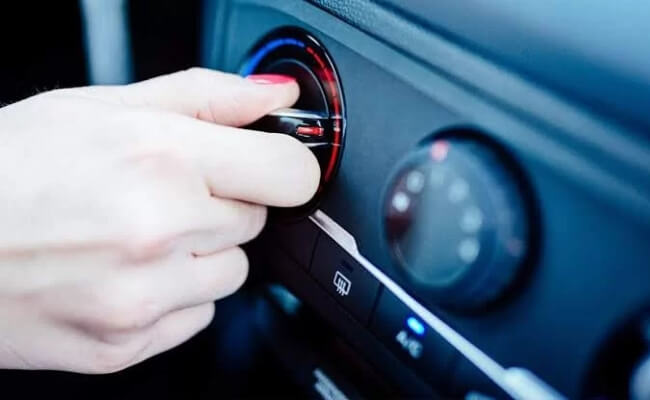
While driving, consider turning off the air conditioning and then turning on the heat. This helps carry heat away from the engine. However, this is only a temp.
Also Check:
6 Top Causes of Overheating than Going Back to Normal
Obviously, your first instinct at this point would be to open the hood and see what’s going on underneath. But I have to warn you. You should not open the hood when the car is overheating.
Simply switch off the engine and give the car sufficient time to cool down. It doesn’t matter how late you come to this appointment. Book a cab or something. With that said, here are some of the main reasons a car would overheat:
1. A Failed Thermostat
It is the most common cause of overheating in a car or vehicle. Why is this? A thermostat is a device responsible for controlling or regulating the general temperature of the vehicle. Controls how hot water flows to and from the engine.
If there is more hot water in the place near the engine, it will cause the overall temperature of the car to rise. If the water decreases at this point, the temperature will drop.
2. Water Pump Problems
Your engine’s water hammer is generally considered to be the most important part of your car’s cooling system as it controls the flow of coolant throughout the system. If your water pump is unstable, internal erosion occurs, or the system becomes contaminated, the pump may stop working properly.
Suggestion: Why Should You Drive Slower At Night? Tips for Driving at Night
If your engine overheats, always check the water pump first because without proper pump operation, there is no hope of getting your engine running again.
3. Defective Radiator
If your car’s temperature gauge keeps fluctuating due to the amount of heat inside, it could be an indication that your vehicle’s radiator is failing.
You may have a problem with your radiator if your temperature gauge keeps going up and down, especially if your vehicle starts to overheat. This problem occurs when the cooling fan does not turn on or is not working properly.
4. Failed Head Gasket
The Head gasket is an essential component of the engine working, if it fails to operate, then you can face the problem of engine overheating. In that case, you would have to disassemble the engine, which can cost upwards of $1,000 on most modern cars.
So before you take the engine apart, it’s a good idea to do a combustion leak test to make sure the head gasket isn’t leaking. The Combustion Leak Test is a simple test that involves placing the blue liquid in a tube and then running the engine to see if the blue turns yellow.
5. Uncooperative Coolant
If your thermostat is working properly, there are other coolant problems that can cause your engine to overheat. Your coolant passages may be blocked by rust or other engine deposits, or there may not be enough coolant in the engine.
Often the coolant level drops due to a leak. Keep an eye out for puddles near your vehicle that could indicate a leak and have it replaced immediately while seeking professional help.
6. Belts And Hoses Issue
If your car has a timing belt problem, it can cause the car keep overheating and then go back to normal. The belt is responsible for turning the water pump, which forces coolant through the cooling system.
Once the engine belt is misaligned, it will affect the rotation of the pump and thus coolant cannot be dispensed. While you should always keep belts lubricated, you should make sure none are loose.
Also Check:
How to Prevent Your Engine from Overheating?
The best method to prevent your car engine from overheating is to constantly check the coolant level. If you get used to it, you can avoid serious problems later on. Many cars come with a coolant reservoir, you should also monitor the radiator.
If you have been driving, let the engine cool before checking the radiator, as removing the cap too soon can be dangerous. If the coolant level is low and your vehicle is overheating, this is the most likely cause.
Add extra antifreeze or water during the summer months to keep the engine running at the proper temperature. Of course, the level will drop as you drive, but leaks often speed up the process and cause the engine to overheat.
Top FAQs Car Overheating Then Going Back to Normal
An engine that overheats and returns to normal can be caused by several factors. These factors can include coolant level leaks, a clogged radiator hose, a bad thermostat, a bad water pump, and a bad radiator fan. The car’s temperature gauge can also be the culprit if it has developed an error.
Can low oil cause overheating?
A low oil level can cause the engine to overheat. This can also happen if your coolant level is fine. If there is not enough oil in the engine, it will continue to heat up because it has no chance to cool down.
This means the engine coolant will have a harder time dissipating excess heat and you will find that your temperature gauge starts to rise.
How do I know if my engine is overheating?
You should see a warning light or gauge on your dash showing your engine temperature. If the light comes on or the gauge is near the maximum reading, it means that excessive heat is being generated in your engine.
However, this warning light cannot always be relied upon to warn you of an overheated engine.
What is the best way to cool down a car engine?
It is crucial to act quickly as soon as you notice your vehicle is overheating. First things first, turn off the AC and turn on the heater and leave it on full blast. This transports heat from the engine compartment to the interior, while allowing the engine to cool down quickly.
How long should I let my car sit after overheating?
Most cars are equipped with warning lights and a pressure relief valve. So if your engine starts to overheat, you’ll likely get a warning before engine damage is done. But don’t drive anymore. And wait at least 30 minutes for the engine to cool down completely.
You may be able to speed up the cooling process if you can latch the hood open inside the car. However, do not touch the hood or attempt to open it until the engine has completely cooled down.
How long can an engine run hot before damage?
It only takes 30-60 seconds of overheating for permanent damage to enter a vehicle. As soon as you notice signs of overheating, you need to act.
Failure to do so can result in problems such as coolant leaks, damaged radiator caps, and a malfunctioning cooling fan.
Final Thought
In this article, I have tried to bring to your attention some of the main culprits that make your car overheat and then go back to normal. So next time your car gets too hot, don’t get mad.
Simply walk up to the hood and follow the steps outlined here to diagnose your coolant level, cooling fans, thermostat, radiator, and head gasket.








